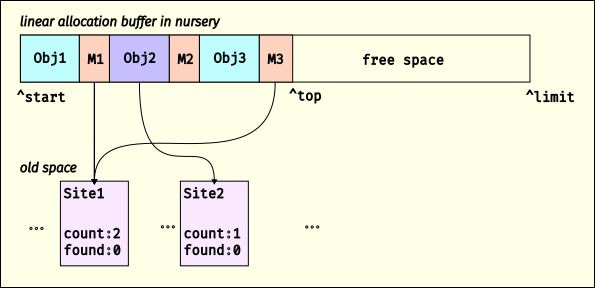-
 chevron_right
chevron_right
Allan Day: GNOME Foundation Update, 2026-01-09
news.movim.eu / PlanetGnome • 3 days ago - 15:56 • 3 minutes
Welcome to the first GNOME Foundation update of 2026! I hope that the new year finds you well. The following is a brief summary of what’s been happening in the Foundation this week.
Trademark registration renewals
This week we received news that GNOME’s trademark registration renewals have been completed. This is an example of the routine legal functions that the GNOME Foundation handles for the GNOME Project, and is part of what I think of as our core operations. The registration lasts for 10 years, so the next renewal is due in 2036. Many thanks to our trademark lawyers for handling this for us!
Microsoft developer account
Another slow registration process that completed this week was getting verified status on our Microsoft Developer Account. This was primarily being handled by Andy Holmes, with a bit of assistance on the Foundation side, so many thanks to him. The verification is required to allow those with Microsoft 365 organizational accounts to use GNOME Online Accounts.
Travel Committee
The Travel Committee had its first meeting of 2026 this week, where it discussed travel sponsorships for last month’s GNOME.Asia conference. Sadly, a number of people who were planning to travel to the conference had their visas denied. The committee spent some time assessing what happened with these visa applications, and discussed how to support visa applicants better in future. Thanks in particular to Maria for leading that conversation.
GNOME.Asia Report
Also related to GNOME.Asia: Kristi has posted a very nice report on the event , including some very nice pictures. It looks like it was a great event! Do make sure that you check out the post.
Audit preparation
As I mentioned in previous posts, audit preparation is going to be a major focus for the GNOME Foundation over the next three months. We are also finishing off the final details of our 2024-25 accounts. These two factors resulted in a lot of activity around the books this week. In addition to a lot of back and forth with our bookkeeper and finance advisor, we also had a regular monthly bookkeeping call yesterday, and will be having an extra meeting to make more process in the next few weeks.
New payments platform rollout
With it being the first week of the month, we had a batch of invoices to process and pay this week. For this we made the switch to a new payments processing system, which is going to be used for reimbursement and invoice tracking going forward. So far the system is working really well, and provides us with a more robust, compliant, and integrated process than what we had previously.
Infrastructure
Over the holiday, Bart cleared up the GNOME infrastructure issues backlog. This led him to write a service which will allow us to respond to GitLab abuse reports in a better fashion. On the Flathub side, he completed some work on build reproducibility, and finished adding the ability to re-publish apps that were previously marked as end of life.
FOSDEM
FOSDEM 2026 preparations continued this week. We will be having an Advisory Board meeting, for which attendance is looking good, so good that we are currently in the process of booking a bigger room. We are also in the process of securing a venue for a GNOME social event on the Saturday night.
GNOME Foundation donation receipts
Bart added a new feature to donate.gnome.org this week, to allow donors to generate a report on their donations over the last calendar year. This is intended to provide US tax payers with the documentation necessary to allow them to offset their donations against their tax payments. If you are a donor, you can generate a receipt for 2025 at donate.gnome.org/help .
That’s it for this week’s update! Thanks for reading, and have a great weekend.




 Photo by Tetsuji Koyama, licensed under CC BY 4.0
Photo by Tetsuji Koyama, licensed under CC BY 4.0
 Photo by Tetsuji Koyama, licensed under CC BY 4.0
Photo by Tetsuji Koyama, licensed under CC BY 4.0
 Photo by Tetsuji Koyama, licensed under CC BY 4.0
Photo by Tetsuji Koyama, licensed under CC BY 4.0










 A linear allocation buffer containing objects allocated with allocation mementos
A linear allocation buffer containing objects allocated with allocation mementos